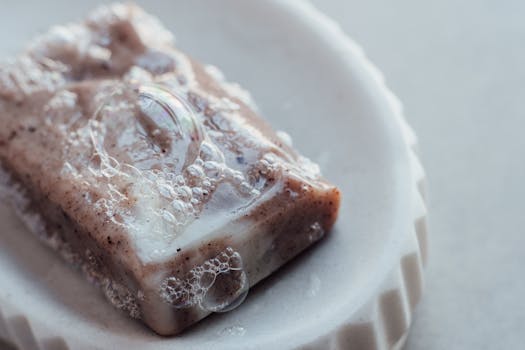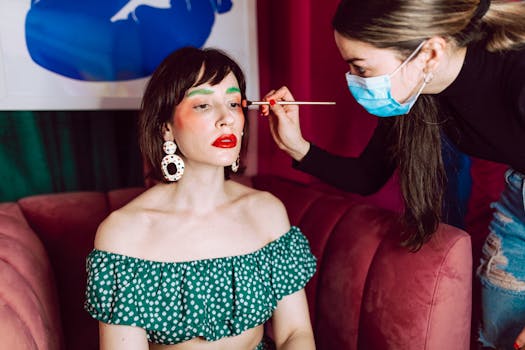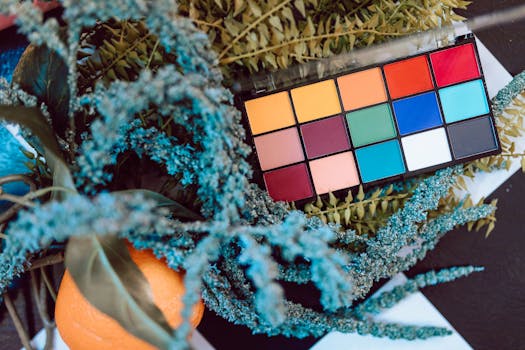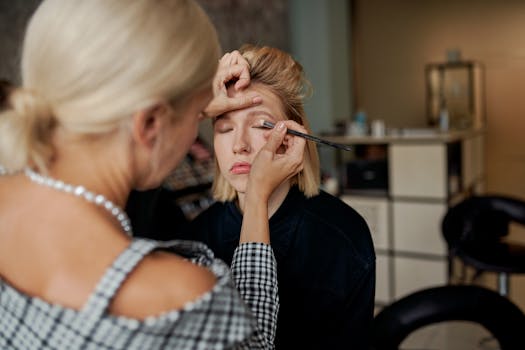
The Future of Beauty: Trends to Watch in 2025
Takeaways: The beauty industry is continuously evolving, and 2025 will bring significant changes. Key trends to watch include the rise of sustainable beauty practices, advancements in technology for personalized skincare, the integration of wellness into beauty routines, and the influence of social media on beauty standards. With these trends, consumers will experience a more inclusive and conscious beauty landscape.
Introduction

Sustainable Beauty Practices

1. Eco-Friendly Ingredients
More brands will prioritize the use of natural and organic ingredients in their formulations. Consumers will demand transparency about where ingredients come from and how they are sourced. This trend will lead to a rise in plant-based beauty products, as well as an emphasis on ethical sourcing and fair trade practices.
2. Biodegradable and Recyclable Packaging
Packaging waste is a significant concern within the beauty industry. In 2025, we will see an increase in brands using biodegradable materials and offering refillable options to reduce plastic waste. Companies will be held accountable for their packaging choices, and consumers will gravitate towards brands that prioritize sustainability.
3. Carbon-Neutral Brands
As climate change continues to be a pressing issue, many beauty brands are committing to becoming carbon-neutral. This will involve reducing their carbon footprint through sustainable manufacturing processes, renewable energy sources, and carbon offset initiatives. By 2025, consumers will likely prefer brands that demonstrate a genuine commitment to environmental responsibility.
Technological Innovations in Beauty

1. Personalized Skincare Solutions
With the rise of artificial intelligence and data analytics, personalized skincare is set to become the norm. Brands will leverage technology to analyze individual skin types and concerns, offering tailored products and routines. Expect to see more brands launching skin analysis apps and devices that provide customized recommendations based on real-time data.
2. Augmented Reality (AR) in Beauty
Augmented reality is changing the way consumers interact with beauty products. By 2025, AR will be widely adopted in beauty apps and online shopping experiences, allowing users to virtually try on makeup and hairstyles before making a purchase. This technology enhances the shopping experience, reduces product returns, and empowers consumers to make informed choices.
3. Smart Beauty Devices
The rise of smart beauty devices, such as cleansing brushes and LED masks, will continue to grow. These devices often incorporate technology that allows for personalized skincare routines, tracking progress, and even connecting to mobile apps for tailored advice. In 2025, expect to see more innovations that merge beauty with technology for enhanced results.
Wellness and Beauty Integration

1. Mindfulness in Beauty
Mindfulness practices are becoming integral to beauty routines. In 2025, consumers will seek products and rituals that promote relaxation and mental well-being. Expect to see brands offering aromatherapy-infused skincare, calming rituals, and wellness-focused beauty experiences that encourage consumers to prioritize self-care.
2. Nutraceuticals and Beauty Supplements
The trend of beauty from within will continue to grow, with more consumers turning to nutraceuticals and beauty supplements. These products, packed with vitamins, minerals, and antioxidants, will be marketed as essential for achieving healthy skin, hair, and nails. By 2025, we will witness a surge in research and development of supplements specifically designed for beauty enhancement.
3. Community and Social Connection
As consumers increasingly seek connection and community, brands will adapt by fostering engagement through social media platforms. Expect to see beauty brands creating interactive online communities, hosting wellness events, and collaborating with influencers to create authentic connections with consumers.
Diversity and Inclusivity in Beauty

1. Expanding Shade Ranges
The push for inclusive shade ranges in makeup products will continue to grow. By 2025, consumers will expect brands to offer a wide variety of shades that cater to all skin tones, ensuring that everyone can find their perfect match. Brands that fail to prioritize inclusivity will risk losing relevance in an increasingly diverse market.
2. Representation in Marketing
Authentic representation in marketing campaigns will be crucial for brands aiming to connect with consumers. Expect to see a broader range of models and influencers from diverse backgrounds, body types, and ages in beauty advertising. This will not only resonate with consumers but also promote a more inclusive definition of beauty.
3. Gender-Neutral Beauty Products
The rise of gender-neutral beauty products is another trend to watch. By 2025, more brands will create products that cater to all genders, challenging traditional beauty norms. This shift will encourage consumers to embrace their individuality and express themselves freely.
Conclusion









1 thought on “The Future of Beauty: Trends to Watch in 2025”
Comments are closed.